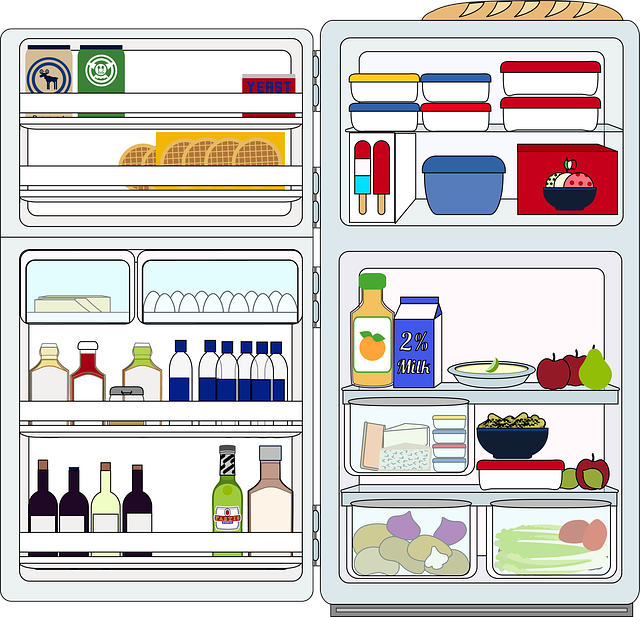
How to set the optimal refrigerator temperature
Not everything stays fresher longer in the refrigerator. Many foods are damaged when chilled, and some do not need to be chilled. Learn how to set the ideal refrigerator temperature and store foods optimally.
What is the proper temperature?
The ideal refrigerator temperature is 7°C (45°F). For refrigerators without a thermometer and controller 1-6 or 2-7, this usually corresponds to the lower level of controller 1 or controller 2. Many appliances are set to overcool. As a rule of thumb, if you cannot butter your refrigerator, it is too cold and should be set a few degrees higher
For freezer compartments, the ideal temperature is -18°C. Just one degree lower would increase energy consumption by 6%.
Temperature zones
If you are putting away large purchases, the refrigerator should be organized. Not all products fit equally well on every shelf, and some are not suitable for refrigeration. With a temperature difference of about 6 degrees Celsius, the top of the refrigerator is warmer than the bottom because the cold air drops regardless of the regulator.
● 8 degrees Celsius in the top shelf for cheese and other items.
At about 8 degrees, the top tray is suitable for cheese, well-packaged leftovers, smoked or cured ham.
● The middle compartment is for fresh dairy products at 5°C.
The middle compartment can store dairy products such as yogurt, cottage cheese, milk, etc. at 5°C. Includes empty jars for fruits and vegetables.
● Meat and fish at 2°C in the lower compartment.
Where is the coldest part of the refrigerator? The bottom compartment. That is where it is coldest at 2°C. This makes it the ideal storage location for perishable foods like meat and fish.
● The compartment for fresh fruits and vegetables is 8°C.
The biggest killers of vitamins are light, oxygen, heat, and moisture. The bottom two compartments are set at about 8°C for all fruits and vegetables. Vegetables with high moisture content (cucumbers, peppers, zucchini, tomatoes) should not be refrigerated if you want to avoid losing their flavor. Potatoes, garlic, and onions also do not like low temperatures, which may accelerate germination. They should be stored in the basement or in dark pots.